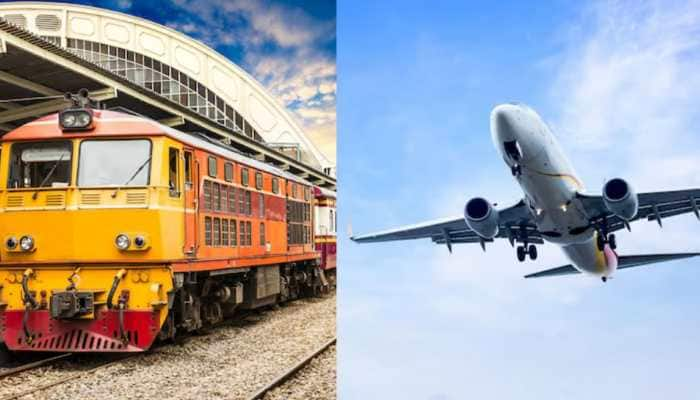How Driverless Cars Can Change Urban Landscape And Improve Cities - Opinion
As India stands at the cusp of an urban renaissance, where transportation evolution interacts with urban planning, driveless cars can play a big role in improving the cities.
Trending Photos
) Image for representation
Image for representation The urban landscapes we've grown accustomed to are on the brink of a paradigm shift, driven by the ongoing evolution of transportation. At the forefront of this transformation is the emergence of Transport-as-a-Service (TaaS) and the proliferation of autonomous vehicles (AVs). These advancements are poised to unlock new dimensions of urban development and elevate the quality of life for city dwellers. Consider the vast spans of land currently devoted to parking lots and road infrastructure. In key cities across the globe, these spaces are ubiquitous, consuming valuable real estate.
However, the landscape is shifting as TaaS gains traction and the number of vehicles on the road is projected to plunge. The widespread adoption of shared, self-driving vehicles promises a future where the need for sprawling parking lots and curbside parking dwindles. This transformation opens up exciting opportunities for urban planners and architects.
The land once monopolized by vehicles could be repurposed into vibrant parks, inviting recreational spaces, and essential community infrastructure. Beyond that, it could help address the pressing issue of housing shortages faced by many regions. As we envision the possibilities, the urban sprawl could give way to thoughtful, purposeful development that aligns with the needs and desires of communities. But the impact extends beyond land use.
The financial landscape of construction and real estate is also set to shift. The reduction in car ownership and the subsequent lessening of parking requirements could alleviate the financial burden associated with construction. In places where AVs still require parking and charging infrastructure, innovative solutions such as intelligent vehicle stacking systems could optimize space utilization, making the most of the newly liberated areas.
Enjoy the silence
From an environmental perspective, the anticipated transition to energy-efficient electric AVs is poised to bring about a marked reduction in pollution. This change not only improves air quality but also promises a quieter urban environment. The noise pollution generated by vehicular traffic has far-reaching implications for public health, causing annoyance and sleep disturbances for millions.
The newfound tranquility in the urban soundscape could translate into improved well-being for residents. Furthermore, this transportation evolution could lead to a reconfiguration of urban dynamics. As traffic flow becomes more efficient and commuting routes are optimized, the possibilities for residential locations expand.
With the option to live farther from workplaces without compromising on commute times, the population could distribute more evenly across the city. This decentralization might reshape the traditional concept of central business districts, fostering new centers of activity and reducing congestion in specific areas.
Avoid the crowds
In essence, we stand at the cusp of an urban renaissance, where transportation evolution interacts with urban planning to usher in a new era. The canvas of our cities is set to evolve, with parking lots making way for parks, pollution giving ground to fresh air, and urban design adapting to a changing way of life. While the exact form of tomorrow's cities remains a canvas for our collective imagination, the promise of a more vibrant, sustainable, and interconnected urban landscape remains constant.
This article is authored by Sarad Shrestha, Director, Sales, Huawei Telecommunications India Co. Pvt. Ltd. All views are personal.
Stay informed on all the latest news, real-time breaking news updates, and follow all the important headlines in india news and world News on Zee News.
Live Tv







)
)
)
)
)
)
)
)
)
)
